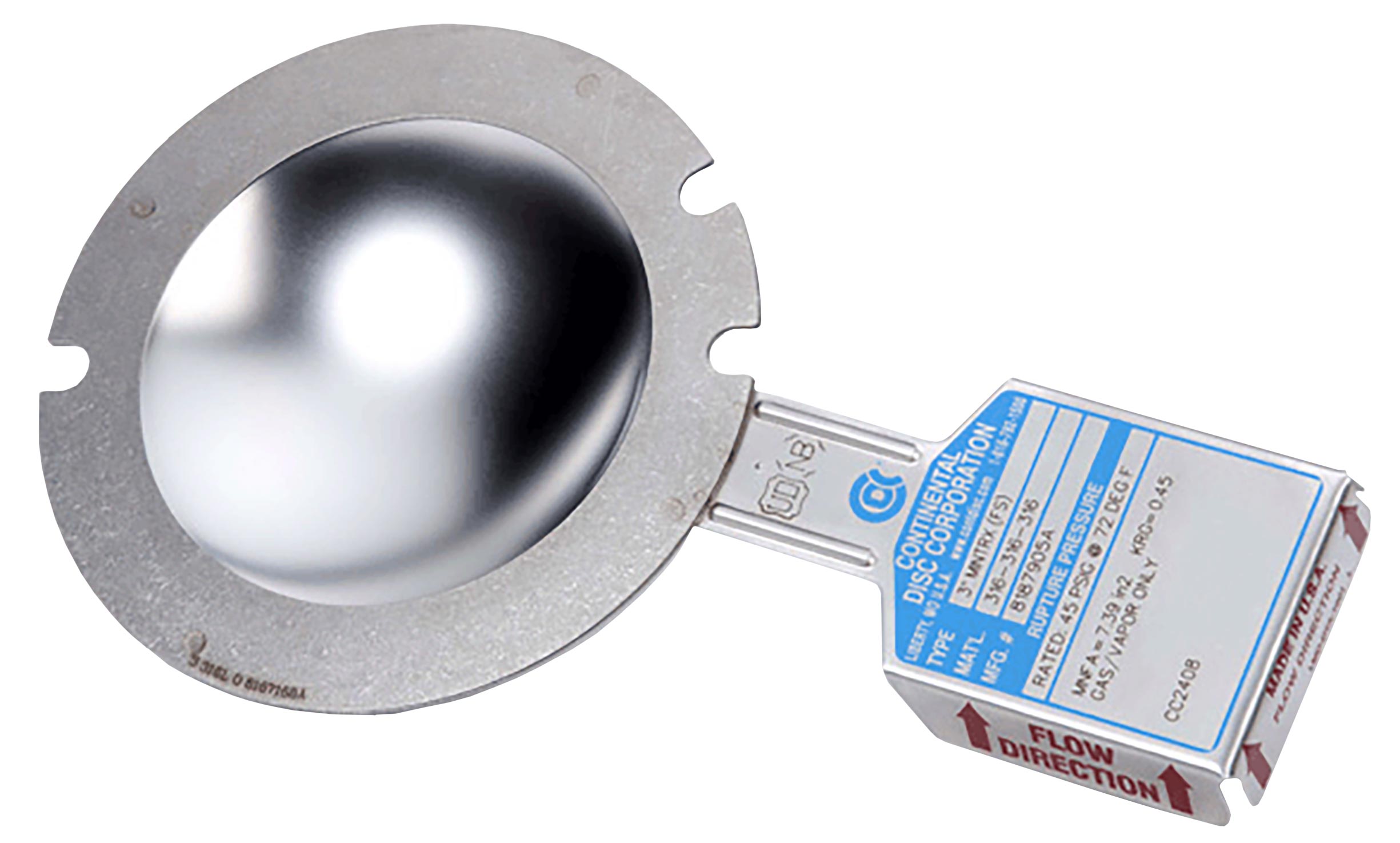
Understanding Rupture Discs
Rupture discs are crucial safety devices used in various industrial applications to protect equipment, processes, and personnel from overpressure situations. In this article, we will delve into what rupture discs are, how they work, their types, and their importance in different industries.
What Are Rupture Discs?
Rupture discs, also known as bursting discs or pressure safety discs, are thin, non-reusable membranes or devices designed to burst at a predetermined pressure. Their primary purpose is to relieve excess pressure in a system or vessel, preventing catastrophic failures.
How Rupture Discs Work
Rupture discs operate on a straightforward principle. When the pressure within a vessel or system exceeds a predefined limit, the rupture disc bursts. This rapid release of pressure helps avert dangerous situations, such as explosions or structural damage. Unlike pressure relief valves, rupture discs provide an instantaneous, full opening for pressure relief.
Types of Rupture Discs
There are several types of rupture discs, each designed for specific applications. The choice of rupture disc depends on factors such as the pressure range, temperature, and material compatibility. Common types include:
1. Reverse Buckling Rupture Discs
Reverse buckling rupture discs are designed to burst outward when the pressure exceeds the predetermined limit. They are commonly used in applications where vacuum support or back pressure is present.
2. Flat Rupture Discs
Flat rupture discs burst in a flat manner and are suitable for low-pressure applications. They are often used in the food and beverage industry.
3. Slotted Rupture Discs
Slotted rupture discs contain radial slots that aid in a more controlled burst. They find applications in situations where pressure relief needs to be precise.
Importance of Rupture Discs
Rupture discs play a vital role in various industries for several reasons:
-
Fast Response Time: Rupture discs react quickly to pressure changes, preventing potential disasters by relieving pressure almost instantly.
-
Zero Leakage: Unlike relief valves, rupture discs provide a tight seal, eliminating any risk of leakage, which is crucial in processes involving toxic or hazardous materials.
-
Cost-Effective: Rupture discs are often more affordable than pressure relief valves, making them a cost-effective choice for pressure relief.
-
Non-Reclosing: Rupture discs are non-reusable safety devices. Once they burst, they need to be replaced, ensuring that any pressure-related issue is addressed.
Conclusion
In conclusion, rupture discs are essential safety components in various industries, ensuring the safety of equipment, processes, and personnel by providing rapid, reliable relief from overpressure situations. Understanding the types and applications of rupture discs is crucial for industries where pressure control is paramount. By using rupture discs, these industries can mitigate the risks associated with overpressure and maintain a safe working environment.
For more information about rupture discs and their applications, consult with experts in your industry.
Do you have questions about rupture discs? Check out our FAQs below!
FAQs about Rupture Discs
1. What is the primary purpose of a rupture disc?
- Rupture discs are designed to burst at a predefined pressure to protect equipment and processes from overpressure situations.
2. How do rupture discs differ from relief valves?
- Rupture discs provide a tight seal and react faster than relief valves, making them ideal for preventing catastrophic failures.
3. Can rupture discs be reused once they burst?
- No, rupture discs are non-reusable safety devices. Once they burst, they need to be replaced.
4. What industries commonly use rupture discs?
- Rupture discs are used in various industries, including petrochemical, pharmaceutical, and aerospace, to safeguard equipment and personnel.
5. How can I determine the right rupture disc for my application?
- Consulting with rupture disc experts is the best way to choose the right rupture disc based on your specific requirements.



